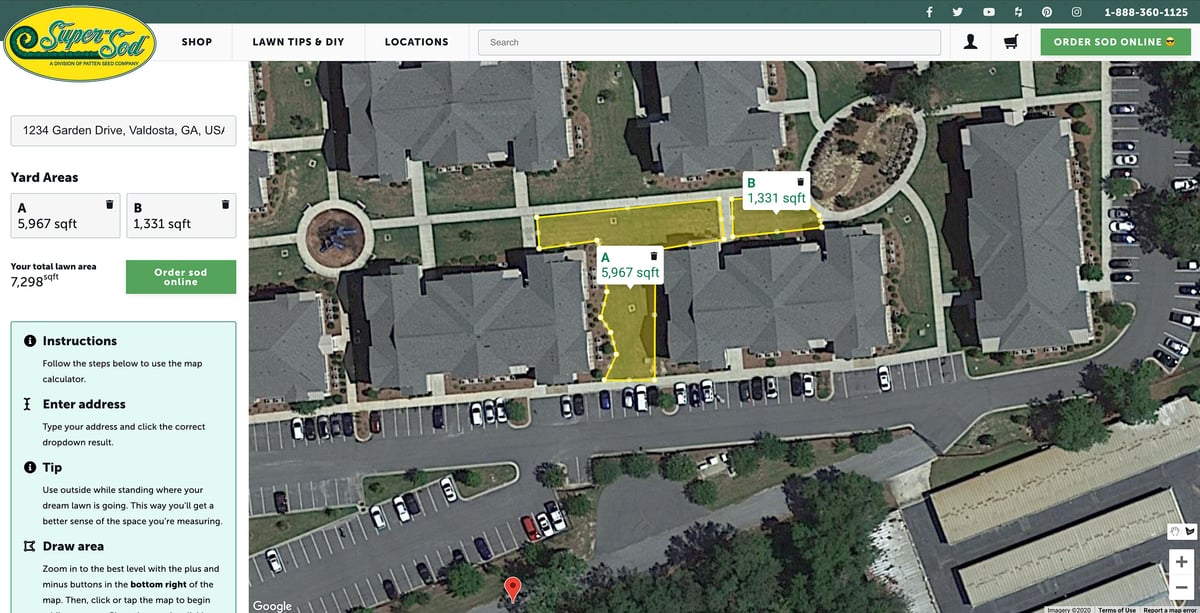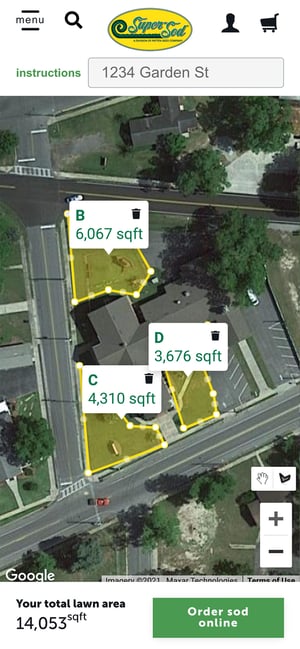Low Maintenance, Attractive Grass
Centipede Sod
-
Easy mow
-
Trouble free
-
Full sun
-
Acid soil
About Centipede
Centipede was introduced by seed from China in 1919. Centipede is slow growing in height, but a highly aggressive colonizing grass that can be depended upon to produce a good, dense, relatively weed-free turf at low maintenance levels. In spite of its aggressiveness, Centipede is easily controlled and usually requires edging only once a year around walks and flowerbeds.
Centipede sod products
-
GROWTH REMOVED
-
SOUTHERN REGION
-
ENVIRONMENT FRIENDLY



